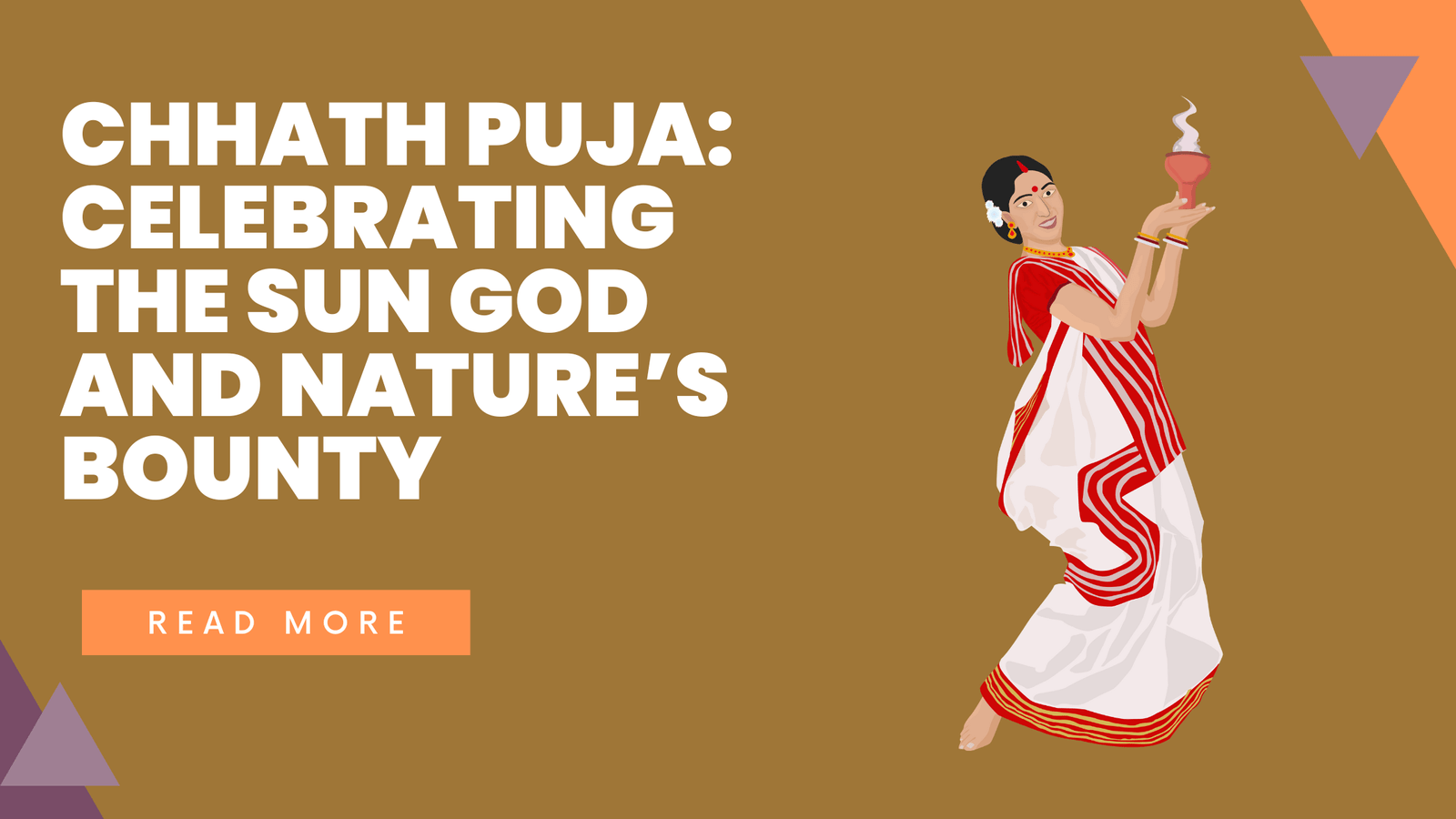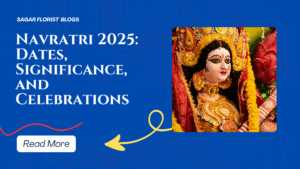Chhath Puja: Celebrating the Sun God and Nature’s Bounty
Chhath Puja is one of the most significant and ancient festivals celebrated in India, particularly in the states of Bihar, Uttar Pradesh, Jharkhand, and some regions of Nepal. Unlike other festivals that are dedicated to specific deities like Lord Ganesha or Lord Krishna, Chhath Puja is devoted to the Sun God (Surya) and his consort Usha, along with the worship of nature in its entirety. It is a festival of gratitude, where people come together to express reverence and thanks to the Sun for its life-sustaining energy, blessings, and positive influence.
Let’s delve deeper into the history, customs, and significance of Chhath Puja, and why it holds such an important place in the hearts of millions.
The Origin and Significance of Chhath Puja
Chhath Puja has deep roots in Vedic traditions and is believed to have originated in ancient times. It is mentioned in the scriptures of Hinduism, including the Rigveda, where the Sun God is revered as the source of life and energy. The festival is celebrated for four days, each with its own set of rituals and significance.
The core belief behind the festival is to honor Surya (the Sun) and seek his blessings for health, prosperity, and the well-being of loved ones. In addition, it highlights the importance of nature’s cycles, particularly the Sun’s vital role in sustaining life on Earth.
The celebration of Chhath Puja can be traced back to the time of the Mahabharata, where Draupadi and the Pandavas performed the puja to seek the blessings of the Sun God for their well-being.






